Consequential Damage Waivers in Commercial Leases
In the realm of commercial leasing, the allocation of risk and liability is a central concern for both landlords and tenants. One critical aspect of this negotiation is the treatment of consequential damages—a category of damages that can extend beyond the direct, immediate losses resulting from a breach of the lease. The inclusion or exclusion of consequential damage waivers can significantly impact the parties’ rights and remedies, making it a key point of focus in lease negotiations.
What Are Consequential Damages?
Consequential damages, also known as indirect or special damages, are losses that do not flow directly from the breach of a lease agreement but rather arise as a secondary result of the breach. These damages can include a wide range of potential costs, such as lost profits, lost business opportunities, or additional operational expenses that stem from the initial breach. For example, if a landlord fails to deliver the premises on time, the tenant might incur costs related to the delay, such as lost revenue from being unable to open their business as scheduled. Alternatively, if a tenant significantly damages a multi-tenant property, other tenants may not be able to operate within their premises and rent may be abated under those other leases while the damage is repaired.
In contrast to direct damages, which are typically more predictable and limited, consequential damages can be expansive adn can pose a significant financial risk, especially in the context of commercial leases where business operations and financial outcomes are intricately linked to the leased property.
Considerations in Negotiating a Consequential Damage Waiver
1. One Sided or Mutual: The majority of commercial leases will provide a waiver of the tenant’s right to seek consequential damages from the landlord. It is common for sophisticated tenants to require the waiver to be made mutual, subject to the carve-outs discussed below, but many commercial leases include only a one-way waiver in favor of the landlord. As a tenant negotiating a lease, it is generally advisable to request a one-way waiver be made mutual.
2. Carve-Outs for Specific Damages: While tenants may request a broad waiver of consequential damages, landlords will frequently insist on carve-outs for certain specific situations. For instance, damages arising from a tenant’s holdover can be particularly problematic for landlords, as they may involve loss of future rental income or liability to a new tenant. Consequently, landlords often insist on carving out holdover situations from the waiver, ensuring they can recover consequential damages if a tenant overstays their lease term. Similarly, landlords may carve out damages resulting from the tenant’s alterations to the premises, especially if such alterations lead to structural damage or code violations. Another common carve-out involves damages related to the introduction of hazardous materials by the tenant. Given the potentially severe consequences of environmental contamination—including cleanup costs, legal liabilities, and property damage—landlords may seek to retain the right to claim consequential damages for such incidents.
3. Impact on Insurance and Risk Management: The inclusion or exclusion of consequential damage waivers can also affect the parties’ insurance and risk management strategies. Such insurance can provide a safety net for both landlords and tenants, ensuring they have an ability to be made whole in the event of significant disruptions without relying solely on claims against the other party. When negotiating a waiver of consequential damages, it is important to contextualize such waiver within the insurance rubric created by the lease.
4. Other Lease Provisions: It is also important to note that in addition to consequential damage waivers, the parties may also negotiate other provisions in the lease that modify or limit the parties’ risk. It is important to consider these provisions wholistically and understand the parties’ rights and remedies in a variety of situations. For example, the parties may seek to clarify that the waiver of consequential damages does not limit indemnity obligations that the parties may have agreed to elsewhere in the lease.
Conclusion
Consequential damage waivers are an important component of commercial leases, providing clarity and protection for both landlords and tenants. By carefully negotiating these provisions, parties can allocate risks and liabilities in a manner that reflects their respective interests and the nature of the lease arrangement. By focusing on these provisions during lease negotiations, landlords and tenants can achieve a balanced and equitable agreement that protects their interests and supports a successful leasing relationship.



